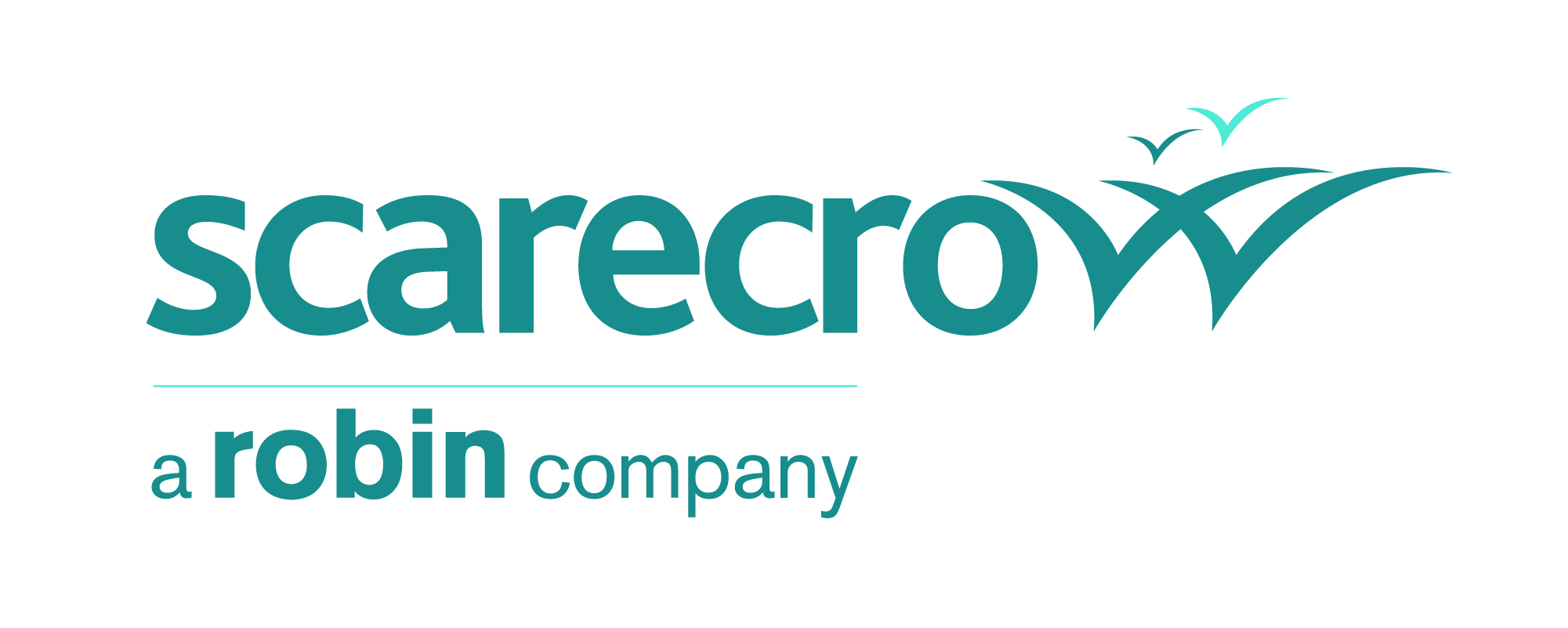Airport Bird Dispersal Systems
| Company | Scarecrow – a robin company |
|---|---|
| Date | 07.09.2010 |

Aviation Safety is an evolution of interactive science and technologies.
The responsibility for bird risk management does not stop at the perimeter of an airport, it will involve the evaluation of land use in the vicinity as a potential to create a birdstrike hazard.
An Integrated Bird Management System is a 'best practice' policy which will achieve maximum effect in keeping airports as free as possible from the danger of a birdstrike from hazardous species.
No single action will make an airport less attractive to birds, no single dispersal method will prompt all birds to fly away; no single bird dispersal method will be 100% effective for 100% of the time.
In actioning a due diligence, due care, airport safety management policy for birdstrike avoidance actions, it is now an expectation that these are automatically recorded by a data management system, perhaps also noting other 'good housekeeping' reactions by staff to other potential airside hazards.
Data collection can be by vehicle installed computers, used in the day to day airport risk management process, and/or downloaded to a central airport computer from which airside operational efficiency can be established, the effectiveness of the chosen policy confirmed.
Computer stored data can be used for efficiency monitoring and as real evidence at accident investigations; an improvement over the practice of hand written notes. Data can also be used for comparative cross reference between national, or international, airports.
There are many circumstances where systems that are totally computer controlled have increased imminent dangers, the reason why we promote dispersal systems where the facility for human control is incorporated.
Others in the business of contributing to the implementation of an overall airport safety policy will have specialist expertise in their own domain, just as SCARECROW BIO-ACOUSTIC SYSTEMS has wide and unique experience in the development and manufacture of bio-acoustic bird dispersal systems.
These domains will include, amongst others, Land and grass management, Lighting and signage, Foreign Object Damage, Surface friction Testing.
SCARECROW BIO-ACOUSTIC SYSTEMS now commission their own distress call research and development, often involving long term bio-acoustic trials in many parts of the World, rather than simply relying on the resources of others.
For long-term effective use of bio-acoustics in the dispersal of birds from airports it is imperative that potential system users fully understand how and why they work; SCARECROW BIO-ACOUSTIC SYSTEMS produce training material and support training courses for this knowledge to be obtained.
All dispersal calls incorporated into SCARECROW products are fully trialled before their acceptance and subsequent regular review.
As part of a 'real time' assessment of their bio-acoustic distress call dispersal efficiency in an airside operational environmental, an independent survey was conducted in 2001, primarily involving airports in the UK. These included all B.A.A. airports and other major civil airport locations together with those handling smaller, but not less vulnerable, aircraft.
For comparison with the original distress call trials of the 1960's, the calls were limited to those of GULLS, CORVIDS, LAPWING & STARLING.
Those completing the Questionnaire were asked to provide a subjective appraisal of the use of distress calls when used alone in the bird dispersal process. Simple tick-boxes, 10% through 90%, were used.
Each one of the total of 37 responses was then classified by an Independent Bird Management Consultant as GOOD (over 70%), MODERATE (50%) and POOR (less than 50%).
This Survey revealed that distress calls replayed to birds through high quality equipment, such as that produced by SCARECROW BIO-ACOUSTICSYSTEMS and operated by staff fully acquainted with the technique, achieve a good rate of dispersal using distress calls alone. In the sole case of SCARECROW products these are always replayed from a natural beginning and are shown to demonstrate a good rate of dispersal.
Employed as part of a fully functional Bird Management System SCARECROW bio-acoustic products can be seen to reduce the number of high risk species on airports and thus improve chances of Birdstrike Avoidance.
Combining the use of distress calls with other dispersal means can therefore be expected to produce near 100% dispersal.
Importantly, bird scaring cartridges as a sole dispersal method may now be politically or socially unacceptable whereas the use of the real distress calls of birds is not only humane but fully acceptable to those involved in the protection and conservation of birds, other wildlife and to Security Forces.
The use of birds of Prey, Falconry, or even dogs, may be environmentally praiseworthy attractions but for various operational and value reasons we do not consider them high on the list as part of this Centuries risk management, due care/due diligence responsibilities. How do you data record their actions and monitor their functional efficiency with absolute certainty?
Contact
The Old Dairy, Straight Half Mile
Maresfield
East Sussex
United Kingdom
TN22 2HH
- +44 (0) 1825 766 363








